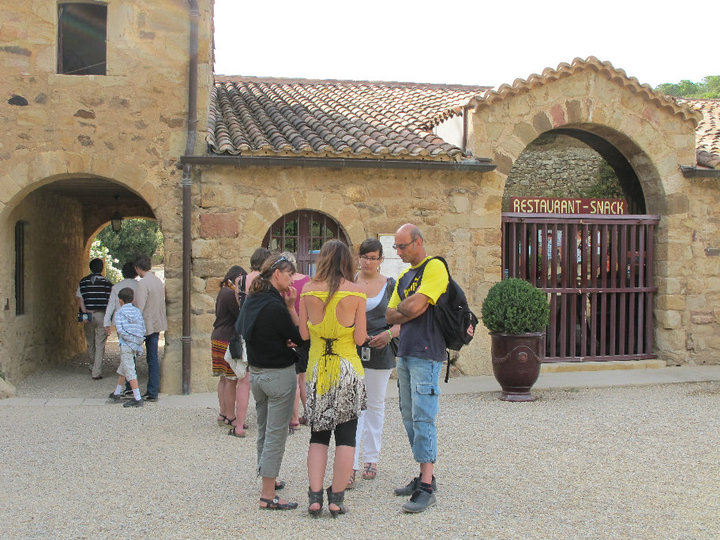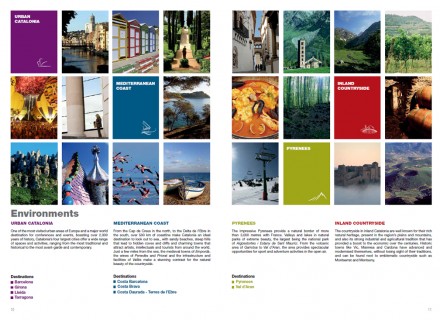Tourism client survey on cultural facilities
Year
2010 – 2012
Client
The Regional Tourism Council of Languedoc Roussillon (France)
Applied services
Consultancy
The project
The analysis of the profile, reasons and behavior of cultural tourism in the French region of Languedoc-Roussillon, and the derivation of segmented communication strategies through the issuing markets.
The challenge
Tourism holds a place of honor in the regional economy of Languedoc-Roussillon, with likewise a strong seasonality continuing to be one of the principal handicaps of the sector.
The cultural tourism is to be found in the principal cities (Nimes, Montpellier, Carcassone) and in spots of great fame such as the Pont du Gard. At the same time, one of the fundamental characteristics of the region is the presence of historic routes of communication that linked villages and cities: the Via Domitia, the Canal du Midi and the Way of Saint James together form the project “les chemins de l’histoire” (the paths of history), a different element from the regional offer that can allow a certain level of activity when out-of-season.
The development of cultural tourism is one of the central activities of the region’s promotional strategy, a reason for which it is evident that: to better know the profile of the client, the places and the cultural facilities, is necessary.
In this setting, the objective of the project is to know:
- The processes by which getting information before and after the trip.
- The modes of taking decisions on the choosing of destinations and the visits to do.
- The expectations beforehand and final opinion of visits.
- The inter-regional behavior and mobility.
- The ability to be a recommended force in the destination.
From this information, the challenge is to determine communicative and promotional strategies adapted to the different typologies of identified clients.
Actions taken
- The mobilization and formation of a team of 6 multilingual surveyors.
- 28 calendar days of surveying.
- 79 days/surveyor, shared in 6 rounds, in a total of 10 cultural attractions.
- Auto-administered surveys at the disposition of visitors during 2 months in 4 places of cultural interest.
- The codifying of all the surveys.
- The tabulating of the surveys, completed by hypothesis contrasts and contrasts ad-hoc according to the reading and interpretation of the data.
- The elaboration of records with the specific results for each place surveyed.
- The elaboration of records with the specific results for the most significant 4 issuing markets.
- The determining of recommendations regarding the promotional and communication actions adapted to the different client profiles of the main issuing markets.
The result
1409 personal surveys undertaken during 5 rounds of surveys, in a total of 10 cultural attractions.
343 auto-administered surveys for the visitors of 4 places of cultural interest.
The general profile of the cultural tourism of the region of Languedoc-Rousillon, with special emphasis on the processes of collecting information, selection of the destinations and behavior and mobility once in place.
The specific profiles of tourists coming from the 4 main issuing markets.
The specific profiles of visiting tourists of the 11 main cultural tourist attractions chosen as points for the survey.









